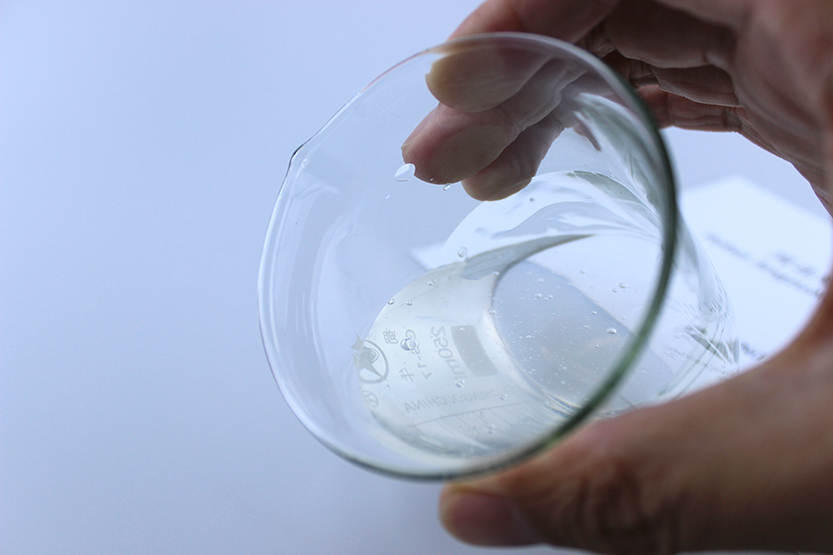
Верас . 17, 2024 06:39 Back to list
Buy Hydroxyethylcellulose - Quality HEC for Sale | Your Trusted Supplier
Understanding Hydroxyethylcellulose A Versatile Polymer for Various Applications
Hydroxyethylcellulose (HEC) is a non-ionic, water-soluble polymer derived from cellulose, which is one of the most abundant organic polymers on Earth. This versatile compound has garnered significant attention across a range of industries due to its unique properties and functionalities. In this article, we will explore the characteristics, applications, and benefits of HEC, highlighting its importance in various fields.
Properties of Hydroxyethylcellulose
HEC is known for its remarkable ability to form viscous solutions when mixed with water. This property is primarily due to the hydroxyl groups that are introduced during the etherification of cellulose. The resulting polymer is a white, free-flowing powder that is odorless, tasteless, and non-toxic, making it suitable for a wide range of applications, especially in food and pharmaceutical products.
One of HEC's most impressive features is its thickening and stabilizing ability. It can enhance the viscosity of solutions at low concentrations, which is vital for products that require consistency. Additionally, HEC is stable over a wide pH range and can withstand temperature variations, making it ideal for formulations subjected to different environmental conditions.
Applications of Hydroxyethylcellulose
HEC is used in numerous industries due to its multifaceted nature. In the cosmetic and personal care market, HEC is commonly used as a thickener, stabilizer, and emulsifier in products such as lotions, creams, and shampoos. Its ability to improve the texture and feel of formulations makes it a popular choice among formulators.
In the pharmaceutical industry, HEC serves as a binder in tablet formulations and as a controlled-release agent in drug delivery systems. Its compatibility with various active pharmaceutical ingredients enhances the efficacy of medications while ensuring patient safety.
hydroxyethylcellulose for sale

The construction sector also benefits from HEC. It is used as a thickening agent in mortars, adhesives, and coatings, providing improved workability and performance. The polymer's water-retention properties contribute to better adhesion and extend the open time of construction materials, making it a valued additive.
Additionally, HEC finds applications in the food industry. It is occasionally used as a food thickener or stabilizer to improve the mouthfeel and texture of various products without altering the flavor. Its non-toxic nature makes it safe for consumption, further increasing its appeal to food manufacturers.
Benefits of Hydroxyethylcellulose
The advantages of using HEC are numerous. Its ability to enhance viscosity allows manufacturers to create more stable and high-quality products. HEC is also easy to work with, as it readily dissolves in water and can be incorporated into formulations without complicated processing methods.
Moreover, HEC is biodegradable and environmentally friendly, aligning with the growing trend towards sustainability in manufacturing practices. Its non-toxic properties ensure that products containing HEC can be used safely in both personal care and food applications.
Conclusion
As markets continue to evolve and diversify, the demand for versatile and effective additives like hydroxyethylcellulose is only expected to grow. With its wide range of applications across various industries and its rich array of beneficial properties, HEC stands out as a crucial ingredient for manufacturers striving for excellence. Whether in cosmetics, pharmaceuticals, construction, or food, hydroxyethylcellulose continues to play a vital role in enhancing product quality and performance, making it a sought-after compound for sale in today's market.
-
Why HPMC is a Key Additive in Wall Putty Formulations
NewsAug.05,2025
-
Redispersible Powder in Decorative Renders: Function Meets Finish
NewsAug.05,2025
-
Redispersible Powder for Interior Wall Putty: Smooth Results Every Time
NewsAug.05,2025
-
HPMC’s Water Retention Capacity in Dry Mortar Applications
NewsAug.05,2025
-
HPMC Factory Contributions to Liquid Detergents
NewsAug.05,2025
-
How HPMC Factory Products Change Detergent Textures
NewsAug.05,2025







